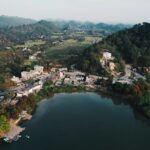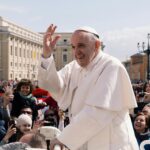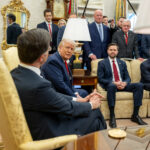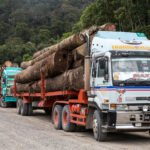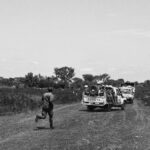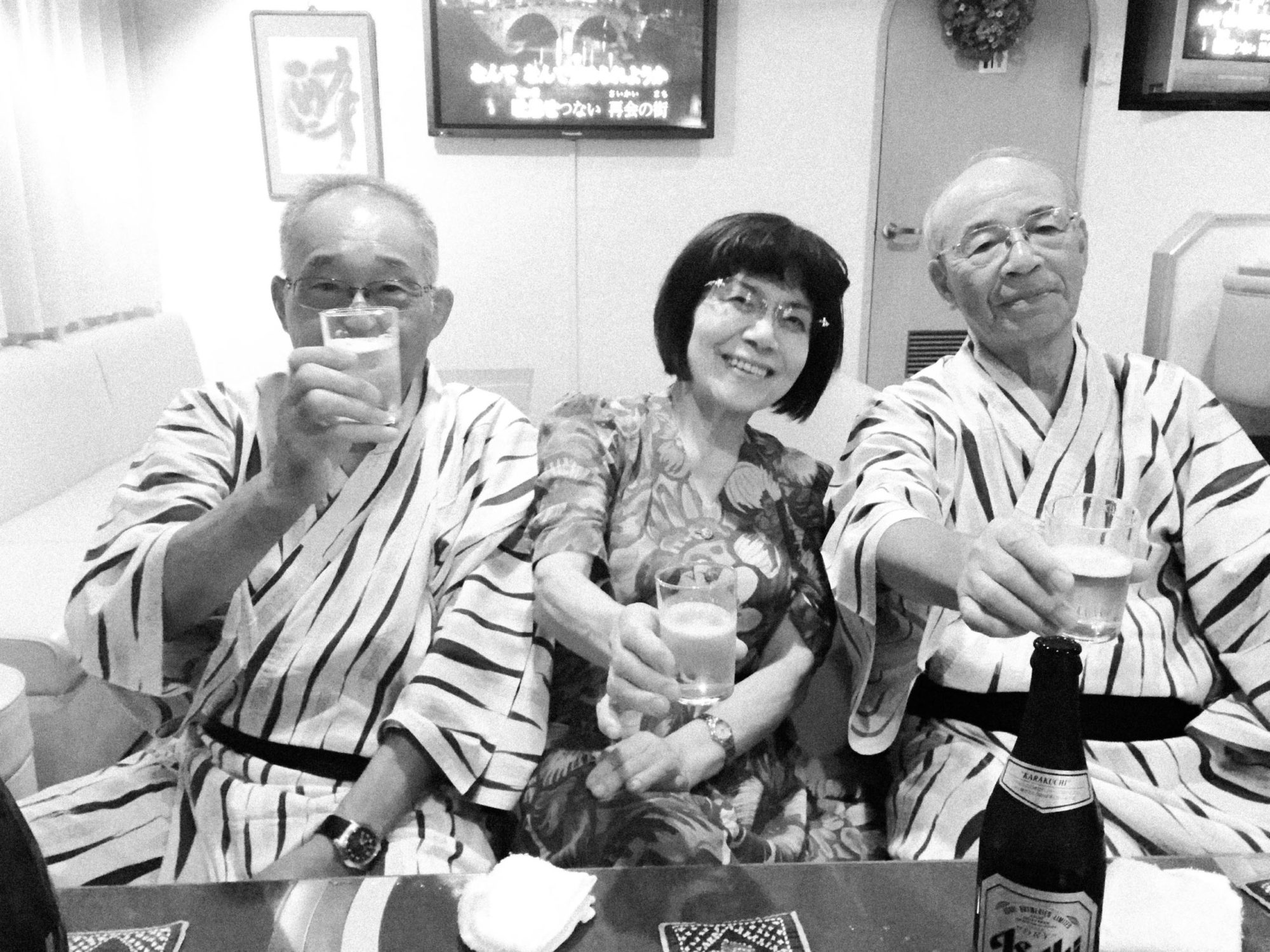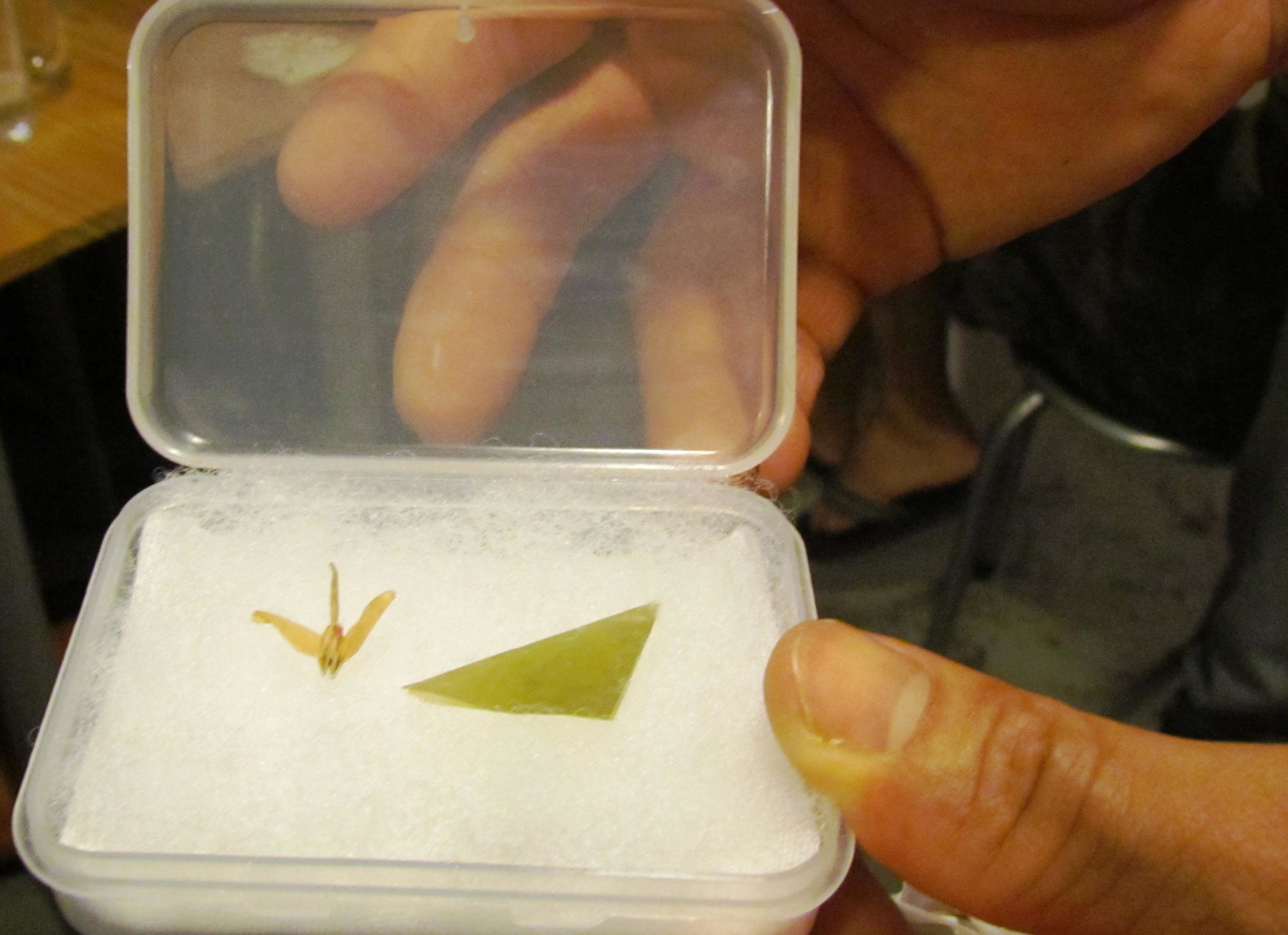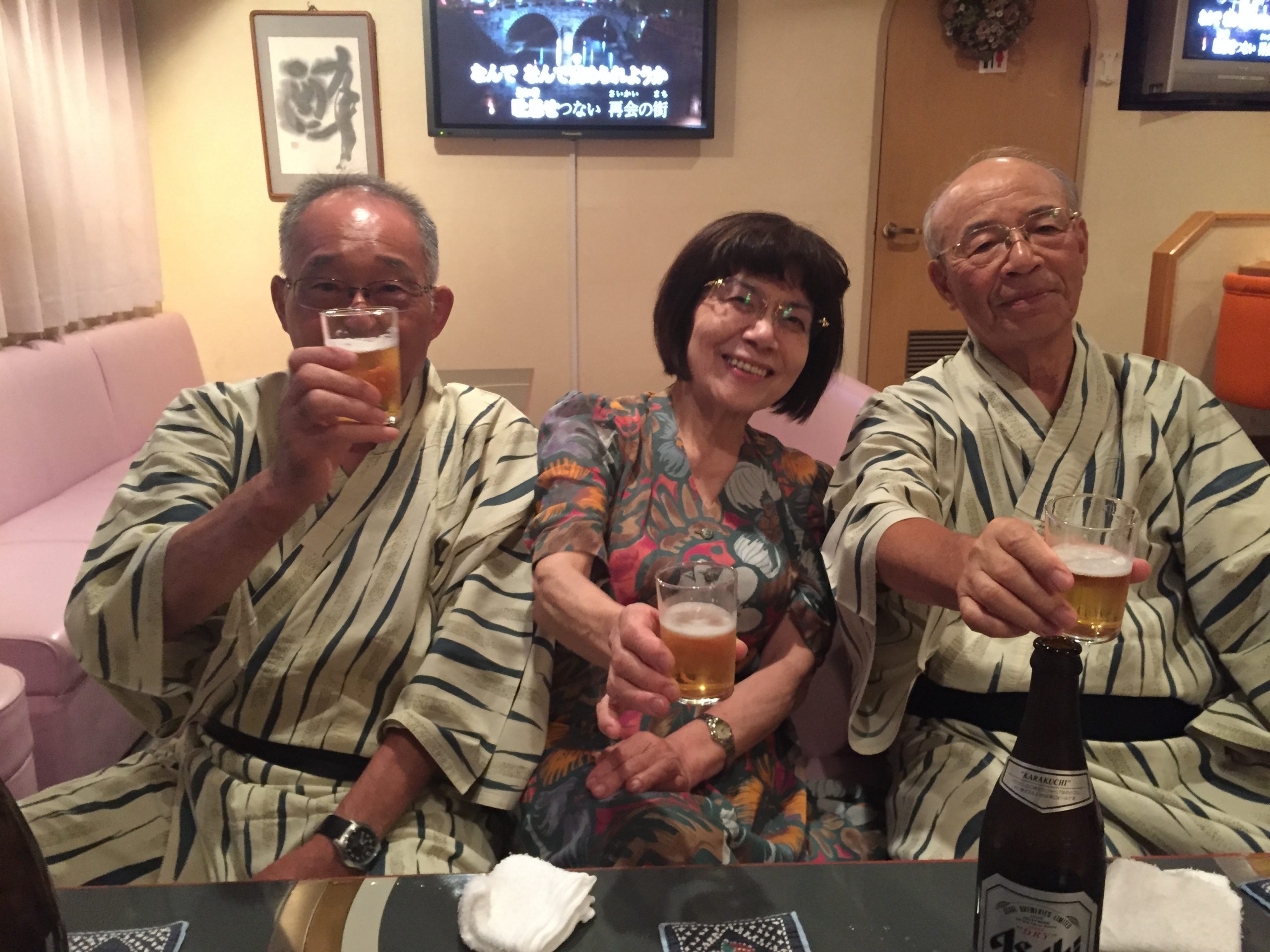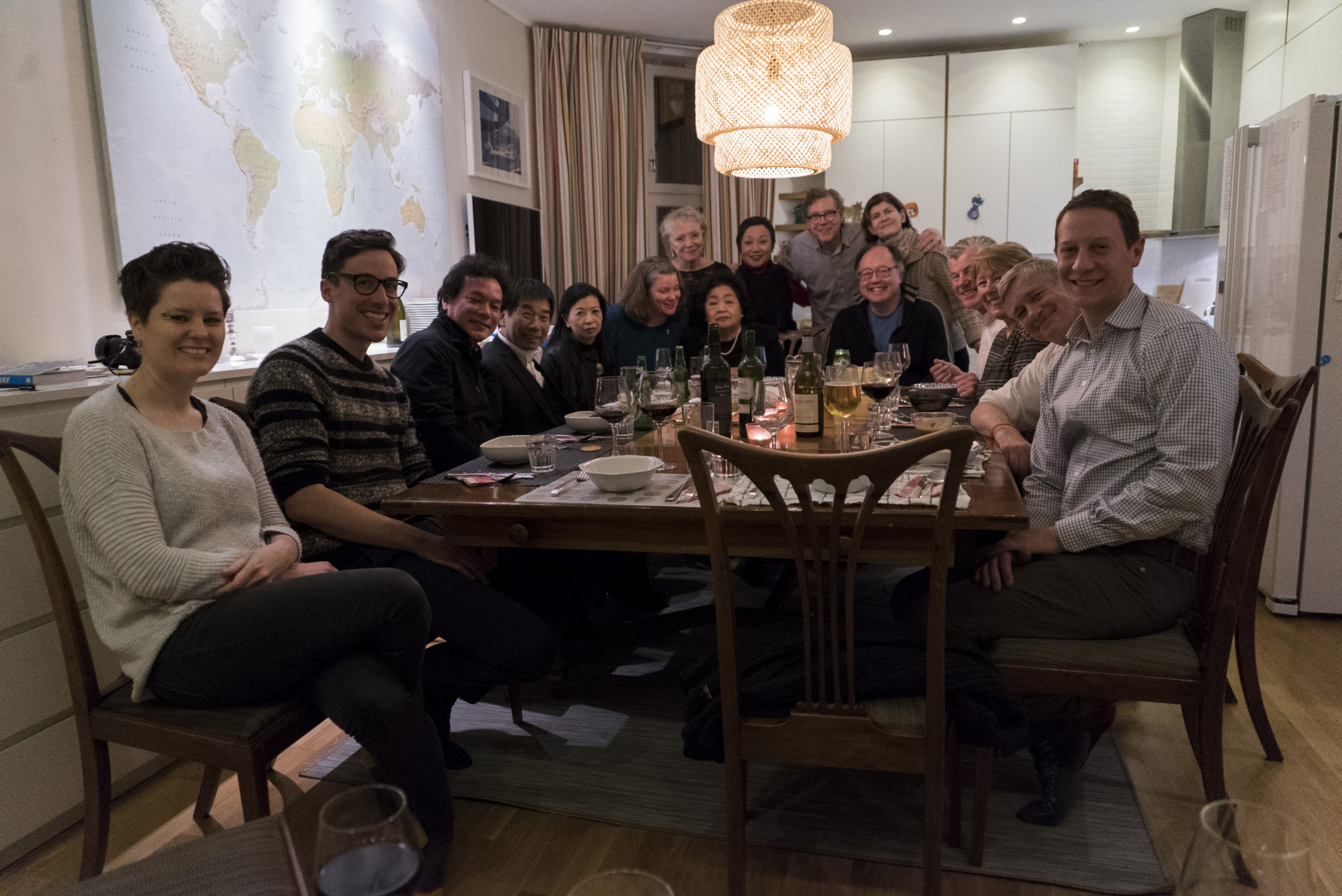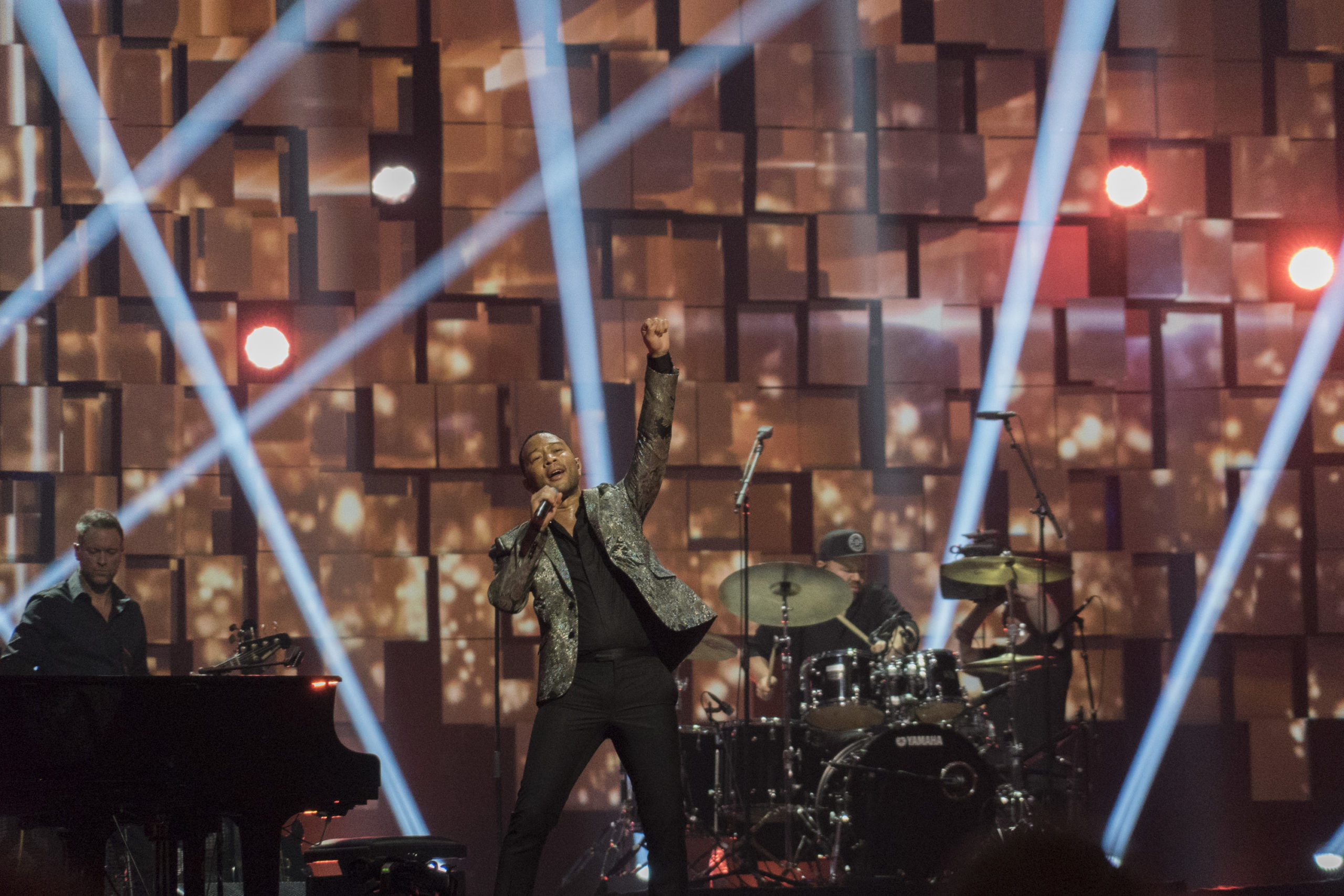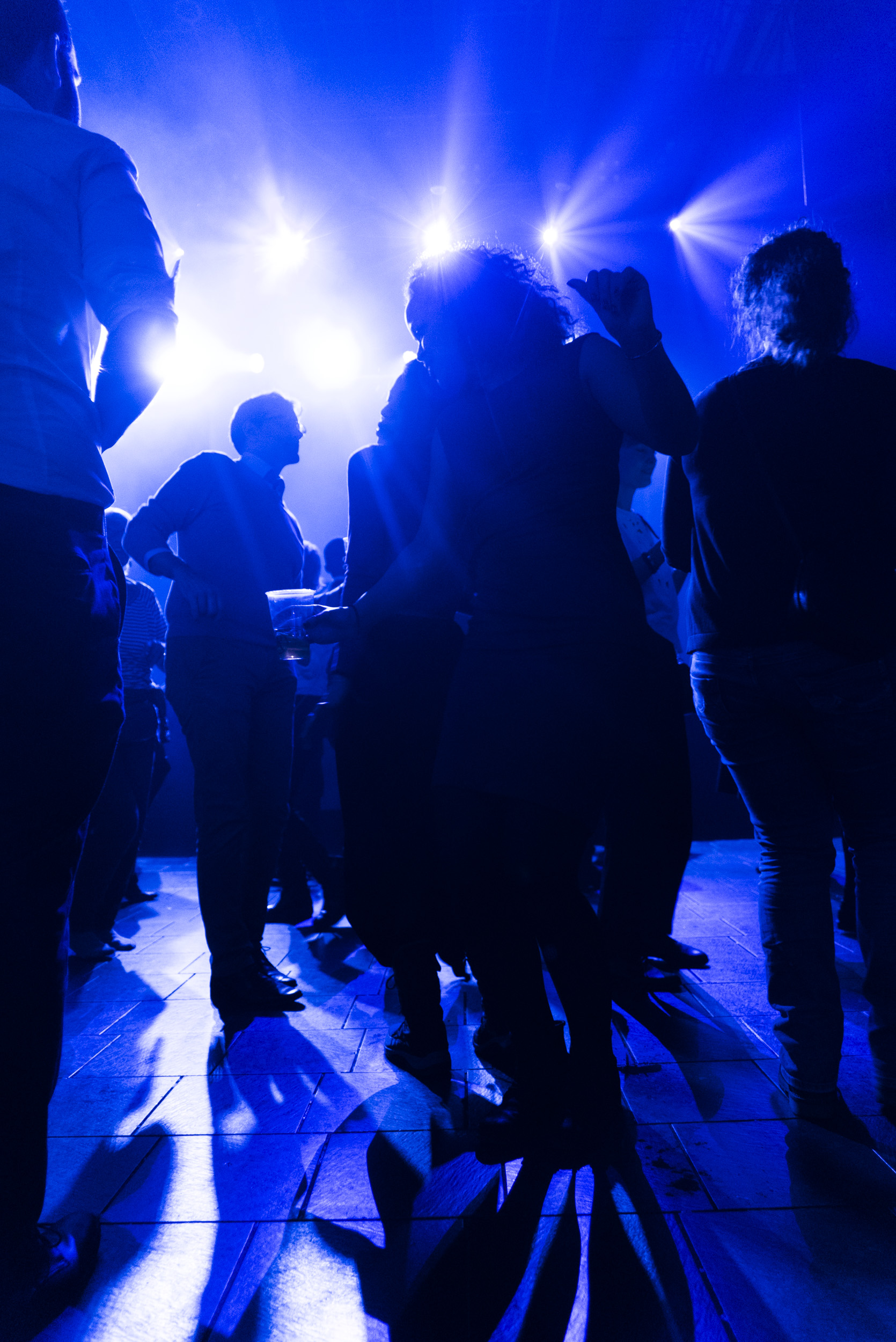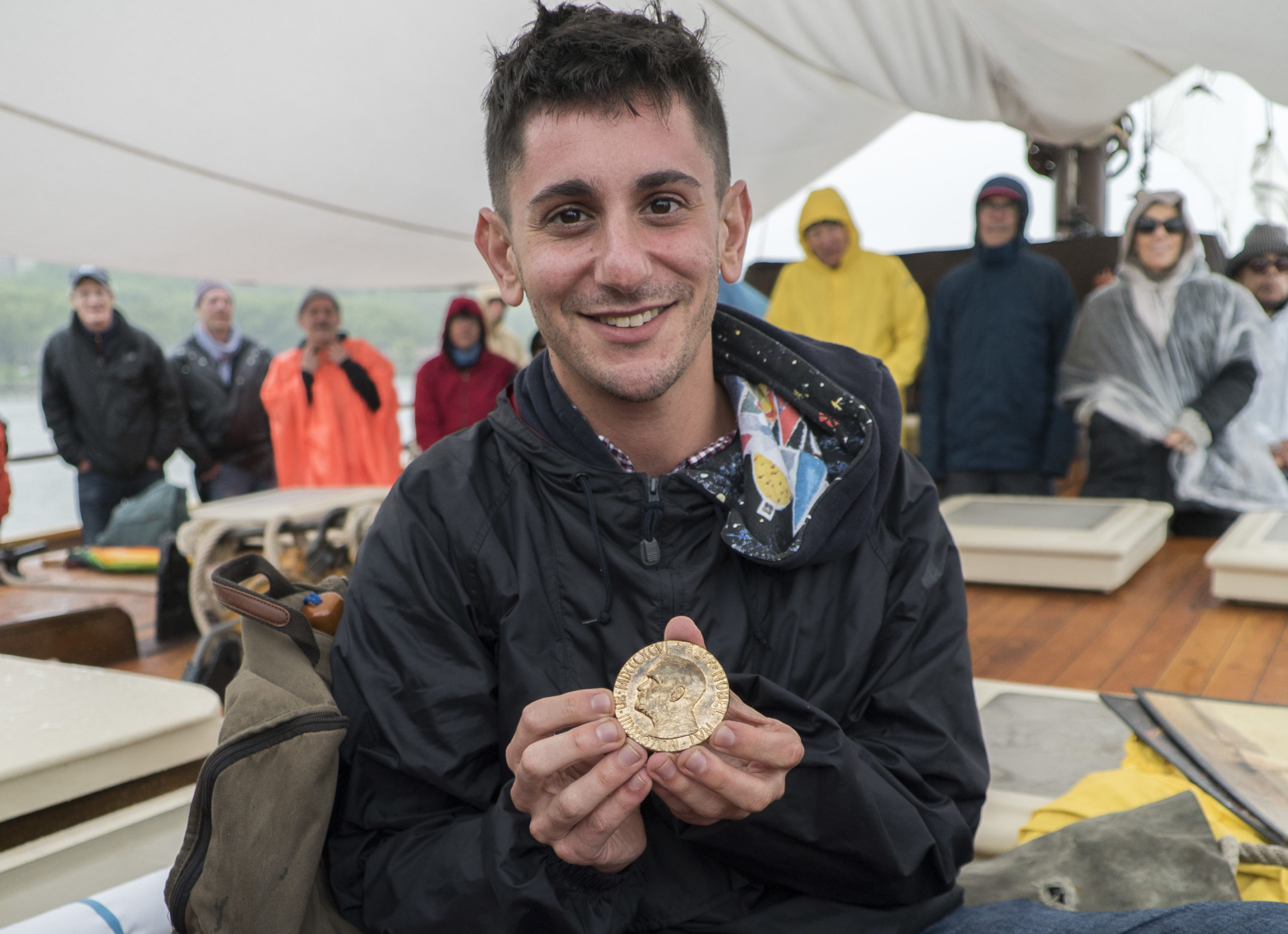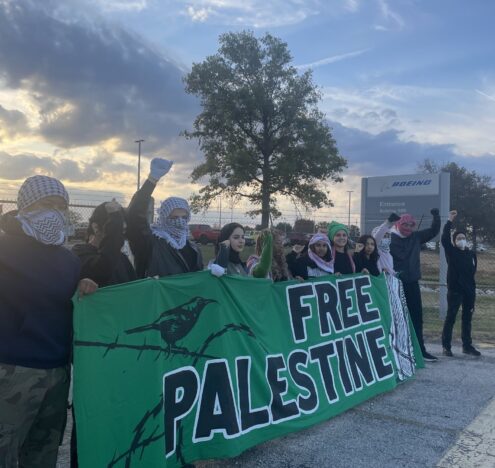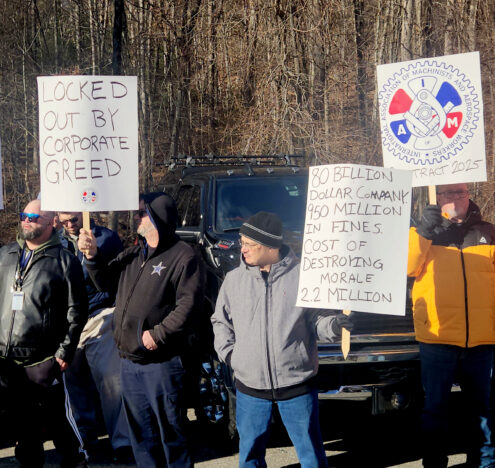On the 70th anniversary of the atomic bombing of Nagasaki, the summer night was filled with the white noise of cicada as myself and my co-workers, mostly senior citizens above the age of 70, stumbled out of the closing bar onto the empty streets of the seaside village of Obama Onsen (no relation). Unbridled by the shackles of society’s norms or sobriety, the 73-year-old leader of the group, Takeshi Miyata, comfortably belted out an off-key rendition of “Cielito Lindo.” I joined, and we all laughed our way back to the hotel until it hit me. I stopped in my tracks and stared as the group kept walking.
70 years prior, my co-workers, my friends, were escaping burning wreckage, in pain, in distress. The indescribable hell that the atomic bombs transformed their cities into forever seared into their brains. 70 years prior my friends were children, fleeing an atomic bomb my grandfather, Jacob Beser, helped drop. 70 years prior, it was not possible to have a dinner and a party like this. On this night, however, we celebrated. Decades of painful work to spread the witness of nuclear war requires a proper amount of steam release.
The day before, we had commemorated the 70th anniversary of the attacks. These senior citizens spent their lives trying to forget what they saw, and had only recently taken the mantle, in their evening years, to plead with the world to listen to the story they tried so hard to forget. Those of us in the group who did not witness this event had pledged to take their baton and relay their experience to the youth we represented.
When a person becomes a symbol, something strange happens to how they are viewed in moments of humanity. Celebrities deal with this problem every day. People think they know you, or that you have to be a perfect vision of who they imagine you to be. They don’t often live up. It is an important reminder that people, as symbolic as they are, are people. The Pope has a bad night. Donald Trump farts. The Queen of England Laughs, and Atomic bomb survivors know how to party.
The next morning I woke up and felt like it had been a dream, but there were pictures, and the memory of my answer wasn’t a dream.
The survivors themselves are not just senior citizens who witnessed a long-ago occurrence. They are not just survivors. They are three dimensional, they have varying approaches to their story, they all have their own personalities. They all have their own ways of letting loose. The only thing they share are the unfinished consequences of the nuclear bombs to which they were exposed. These survivors are united by the radiation which doused their bodies and turned their own cells against them. They wait for the rest of their lives for their own radioactive time bombs to go off, or not. Because the effects are still barely understood. They are united in their desire to fight nuclear war because to this day, when a person who was exposed in either Hiroshima or Nagasaki passes away, they are added to the list of victims.
It is no secret Japanese business culture extends from the boardroom to the bar, where deals are agreed upon over drinks, the most trustworthy time to get to know a potential business partner. It is not a surprise that this same culture extends to Japan’s very active peace culture. In the world of nonprofits, nongovernment organizations, and lobbies focused on Japan’s peace clause in article 9, the very serious and well-educated diplomats, youth activists, experts, and survivors cut loose.
In these moments, I bonded with the survivors of the atomic bombs, and those exposed to nuclear tests, or Hibakusha as they are called in Japanese. I spent years working alongside them with NGOs like Peace Boat and Hibakusha Stories. We traveled the world together. They shared testimony I documented. But in between, over long nights at sea as Peace Boat’s ocean liner cruised seas, oceans and canals, we bonded. We got to know each other beyond our work, and we became as close as family. It was particularly profound for me, the grandson of someone on the planes that dropped the bombs on the very people who would call themselves my new grandparents, but that relationship didn’t just happen. Peace is built with trust, and trust is what we built in between the work.
In 2011, I began to travel to Japan to write my book, The Nuclear Family, about both sides of the atomic bombs. I was invited for Hakata Ramen at a small hole in the wall in Nakano. It was run by the charming young nephew of the legendary Sadako Sasaki — the girl who folded 1000 paper cranes to wish her leukemia away. After a meal and long discussion, and more than a few beers, Yuji got so excited he ran into the back room. He came out with a box, and opened it. Inside was a tiny paper crane and a tiny paper triangle. He took the crane out of the box and placed it into my hand. “This is the last paper crane my aunt ever folded. In 2010 I met the grandson of president Truman, Clifton Daniel, and I asked him the same question I’m about to ask you,”
“Will you work with us to send a message of peace?”
The next morning I woke up and felt like it had been a dream, but there were pictures, and the memory of my answer wasn’t a dream. I’d agreed. By the next summer, in 2012, I was back in Japan with the families of Sadako Sasaki, and President Harry Truman. We spoke in colleges, cultural centers, and even a prison. We met survivors, and their descendants. We heard their story on camera and in private. From the opposite side of the mushroom clouds, from witnesses and descendants of those intimately involved with the decision and mechanics of the bomb itself. We shared our visions for a better world. And every night, after each day’s activity ,we bonded with Sadako’s brother Masahiro and his son Yuji, who shared their grand vision — to spread Sadako’s cranes all over the world, to teach children about peace for generations.


